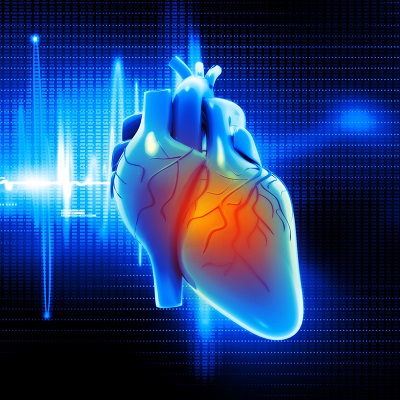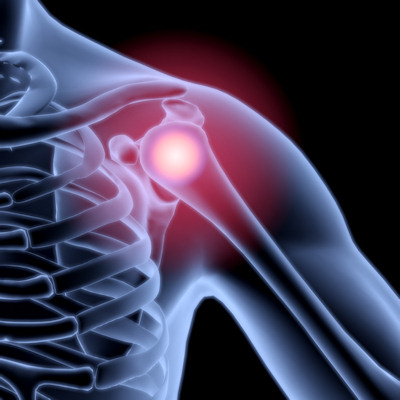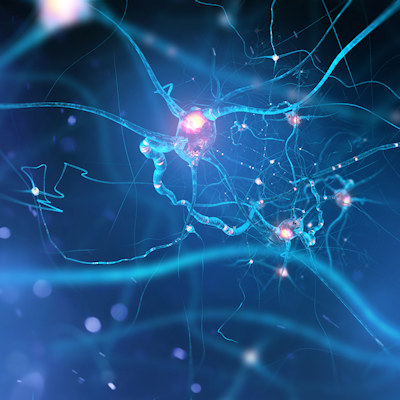January 4, 2023 -- Using engineered proteins, MIT researchers have designed a system in which they can record “memories” of sequences of cellular events, such as when certain genes are activated, or how cells respond to a drug, as cells turn on series of genes and pathways in performing functions.
The protein chains can be imaged using a microscope, revealing cellular "memories," shedding light on processes such as gene expression, drug treatment response, and memory formation.
In a paper published on Monday in Nature Biotechnology, the researchers describe storing cellular events as a series of protein subunits continuously added to a chain. To create these chains, they used engineered protein subunits that can self-assemble into long filaments.
They designed a system in which one of these subunits is continuously produced inside cells, while the other is generated only when a specific event occurs.
The subunits each contain a short peptide called an epitope tag; the researchers chose tags called HA and V5. The two tags bind to different fluorescent antibodies, which aids in visualizing and determining the sequence of the protein subunits.
In the researchers' system, HA-tagged subunits constituted most of the chain. The activation of a gene called c-fos, which is involved in encoding new memories, triggered the production of the subunit that contained the V5 epitope tag. Therefore, whenever the V5 tag showed up in the chain, c-fos had been activated.
Initially, the researchers recorded the activation of c-fos in lab-grown neurons. They later replicated the process in mouse brain cells, programming the cells to generate protein chains when the animals were exposed to a particular drug.
The system has been designed to be modular, meaning that it can use different epitope tags and detect different types of cellular events.
The researchers noted that they are working on both extending the recording time and increasing the number of different subunits that can be incorporated, so that the system could record multiple events, and multiple types of events, in a single chain.
In the future, the technique could possibly be expanded to provide insight into the processes that govern aging and disease progression, the authors added.
Copyright © 2023 scienceboard.net











